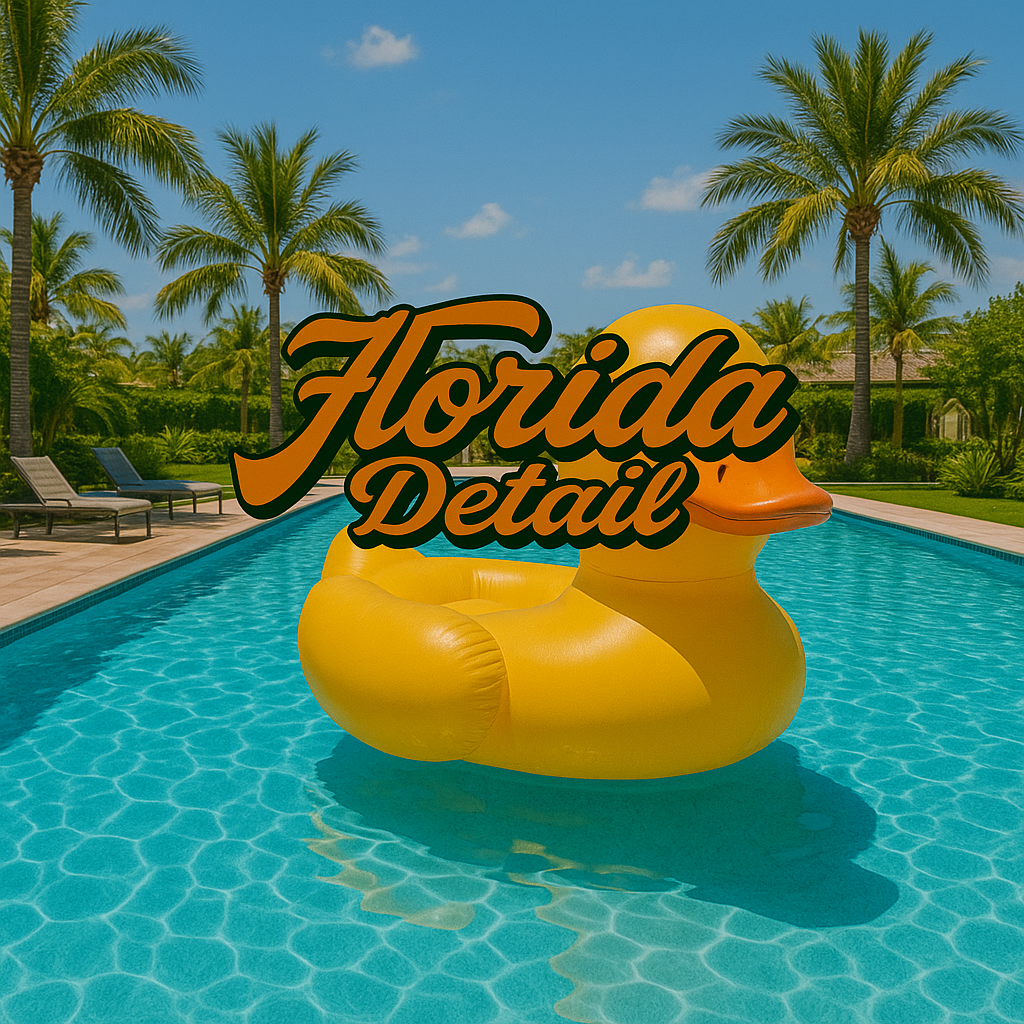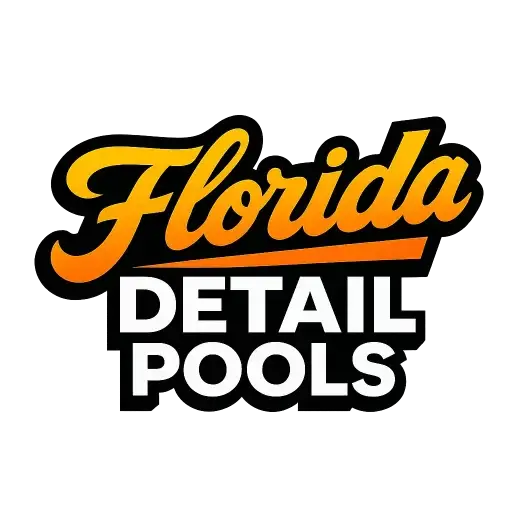How to Detect Leaks in Your Pool Pump Before Damage
Introduction
Your pool pump is the heart of your pool system, keeping water circulating and clean. But in Port Charlotte, Punta Gorda, North Port, Rotonda, and throughout Charlotte County, pump leaks are one of the most common equipment issues homeowners face. Left unchecked, a small leak can turn into a costly repair—damaging seals, motors, and even the entire pump housing.
The key is early detection. In this guide, we’ll show you how to spot pump leaks before they cause serious damage and how weekly pool service from professionals like Florida Detail can help prevent emergencies.
✅ Why Pool Pump Leaks Happen
Pool pumps in Florida face extra stress due to:
- Extreme heat causing seal and gasket wear
- Heavy rain increasing water pressure fluctuations
- Chlorine and salt exposure breaking down rubber parts
- Age and usage leading to cracks in pump housings
Knowing these risks makes regular inspection even more important.
✅ Step 1: Check for Visible Water Around the Pump
A small puddle near your pump may seem harmless, but it’s usually the first warning sign of a leak. Inspect:
- Around the pump lid
- Under the pump housing
- Near the union connections
👉 If you see recurring water after running your pump, it’s time for closer inspection.
✅ Step 2: Look for Air Bubbles in the Pool Return Jets
Air entering the system often means a suction-side leak. This could be caused by:
- A cracked pump lid
- Worn-out O-rings
- Loose fittings or pipe connections
Excess air bubbles in the return jets are one of the most common red flags.

✅ Step 3: Listen for Unusual Pump Noises
A properly working pump runs smoothly. If you hear:
- Whistling → Air entering the system
- Grinding → Cavitation or water flow issues
- Rattling → Loose internal components
…it could be linked to a leak that’s forcing your pump to work harder.
✅ Step 4: Inspect the Pump Lid and O-Ring
The pump lid creates a seal that prevents water and air from escaping. Check for:
- Cracks in the lid
- Dry or flattened O-rings
- Dirt or debris preventing a tight seal
👉 Pro Tip: Apply pool-safe lubricant to O-rings regularly to extend their life.
✅ Step 5: Monitor Water Levels and Pressure
If your pool water level drops unusually fast or your pressure gauge shows irregular readings, it may indicate a pump-side leak. Compare weekly readings to catch changes early.
✅ Step 6: Watch for Rust or Corrosion
Saltwater systems and Florida humidity accelerate corrosion. Rust around bolts, pump bases, or motor housings often signals a long-term leak issue.
🌴 Local Tip for Charlotte County Pools
In North Port and Punta Gorda, pump leaks are especially common after heavy rainstorms or hurricanes. Always inspect your pump pad after major weather events to catch leaks before they worsen.
❓ FAQs About Pool Pump Leaks
Q1: How often should I inspect my pool pump for leaks?
At least once a month—or weekly if you live in Florida’s high-use, high-rainfall climate.
Q2: Can I run my pump with a small leak?
You shouldn’t. Even small leaks strain the pump and can lead to expensive motor damage.
Q3: What’s the average lifespan of a pool pump?
8–12 years with proper maintenance, but leaks can shorten that drastically.
Q4: Do weekly pool services check for pump leaks?
Yes. Companies like Florida Detail include pump inspections in their routine service.
Conclusion
Catching pump leaks early can save you from major repairs and downtime in your pool. By checking for water puddles, air bubbles, unusual noises, and worn parts, you can spot issues before they cause serious damage.
For professional leak detection and preventive care in Port Charlotte, Punta Gorda, North Port, and Charlotte County, trust Florida Detail to keep your pool equipment in peak condition.
👉 Learn more about pool care and smart maintenance strategies at UnlimitedManiac.com.
